
EASY SOURDOUGH STARTER StepByStep Tutorial YouTube
Add 1 scant cup (113g) flour and 1/2 cup (113g) lukewarm water to the 1/2 cup (113g) starter in the bowl. Mix until smooth and cover. Allow the starter to rest at room temperature (about 70°F) for at least 2 hours; this gives the yeast a chance to warm up and get feeding. After about 2 hours, replace the starter in its storage container and.

Sourdough Starter Dan BeasleyHarling
Sign #4. You can perform a float test to check if your starter is ready. Take a small spoonful of the starter and drop it into a glass of water. If it floats, it indicates that the starter is sufficiently active and ready for use. It's important to note that the readiness of a sourdough starter can vary based on factors such as temperature.
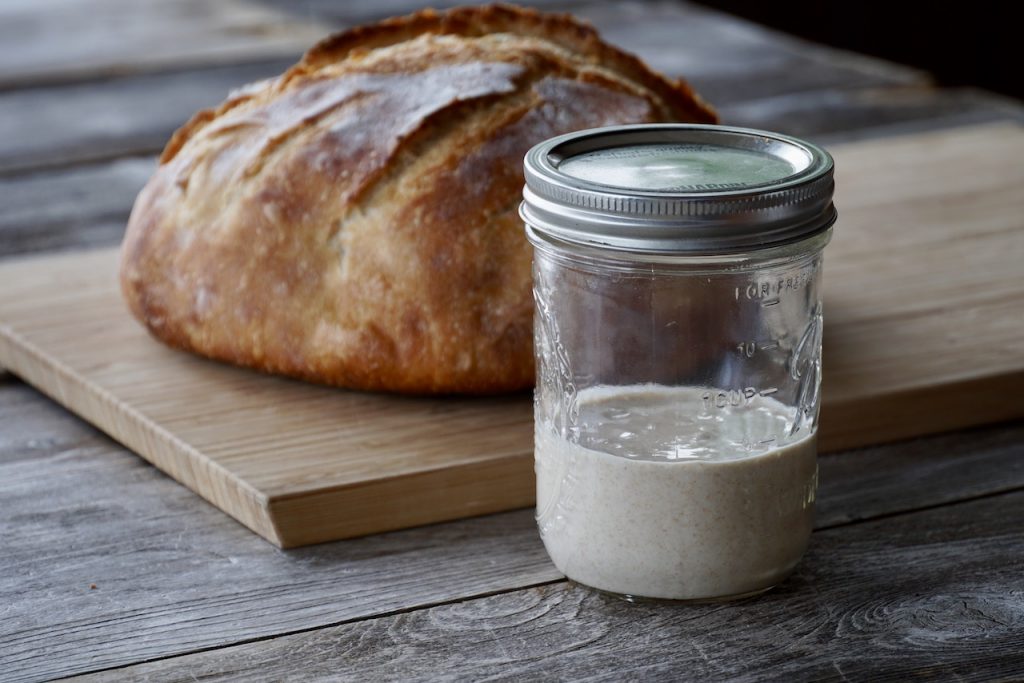
Easy Sourdough Starter Weekend at the Cottage
100%. Ripe sourdough starter carryover. 20g. 20%. Twice a day (usually at 9:00 a.m. and 9:00 p.m.), I do the following when my starter is ripe: Discard the contents of my starter jar down to 20g (the discard can go in the compost, trash, or used in a discard recipe) To the jar, add 70g white flour, 30g whole rye flour, and 100g water.
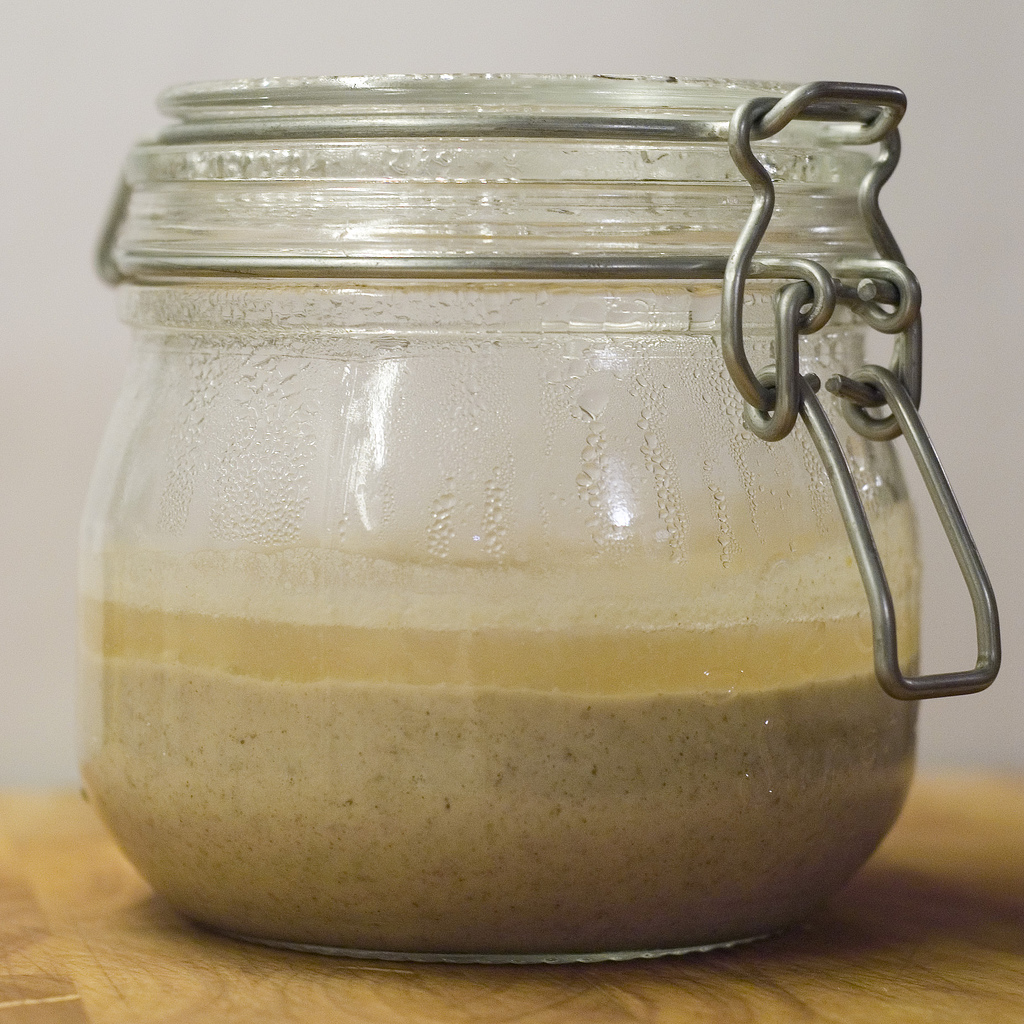
Sourdough Bread Nothing But Onions
Let's do the float test. Yeast dough that's just begun to rise sinks like the proverbial stone when dropped into water. But the longer it rises, the more gas is trapped until eventually the dough becomes lighter than water and floats. So far so good. Yes, fully risen dough will float when placed in water.

How To Tell When Your Sourdough Starter Is Ready To Use Fleischmann’s
One popular way to know that your sourdough starer is ready is to try floating a bit of it in water. Fill a glass bowl or cup with room-temperature water, and drop a small scoop (a teaspoon or.
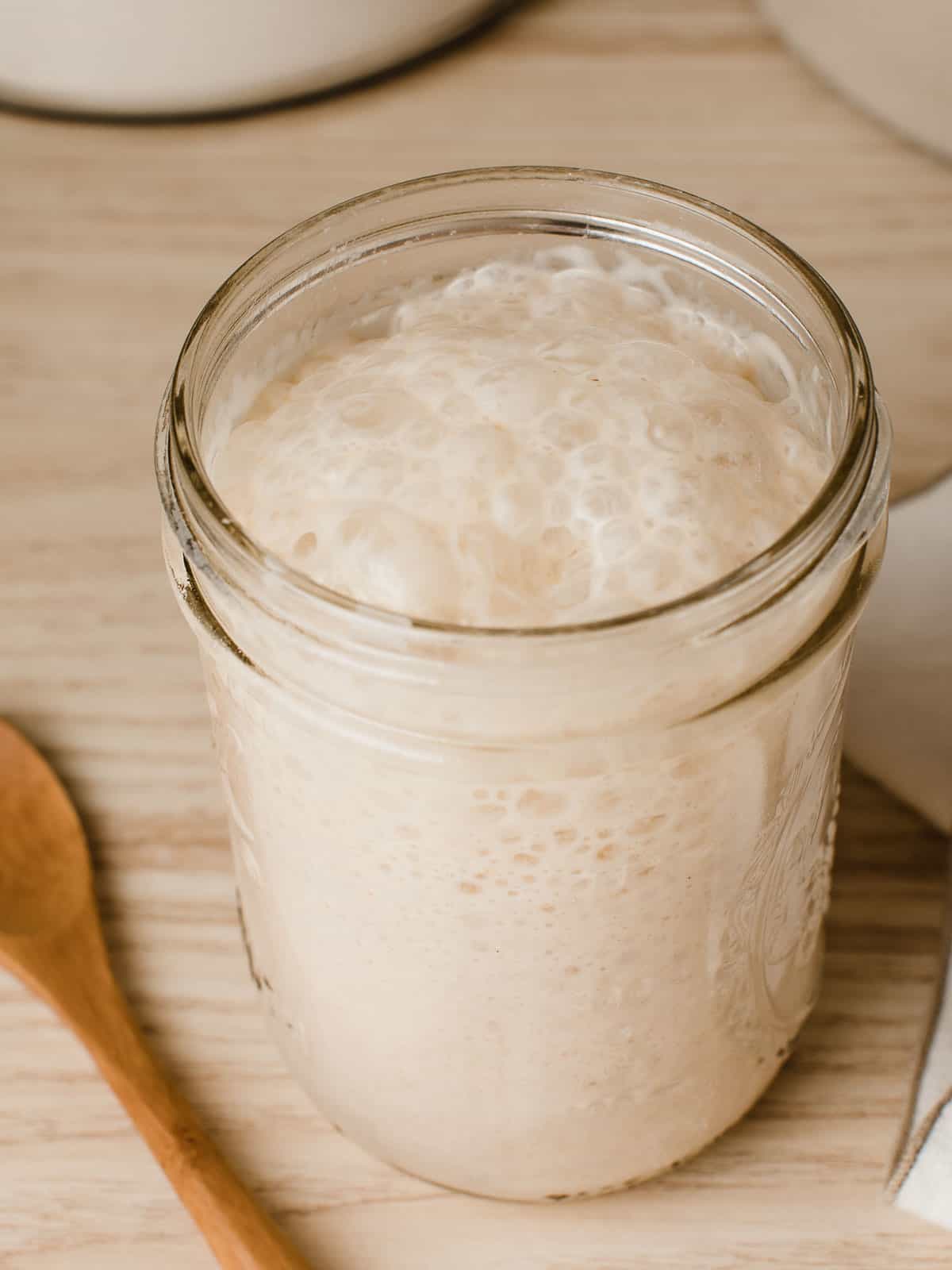
Signs that your sourdough starter is ready to bake with Little Spoon Farm
Stir in 10g (1/3 ounce) flour and 10g (1/3 ounce) water until smooth. Discard remaining starter; clean and, if desired, sterilize used container. Day 8, Night: Measure 8g (1/4 ounce) starter into cleaned container. Stir in 16g (1/2 ounce) flour, and 16g (1/2 ounce) water until smooth, for a feeding ratio of 1:2:2.
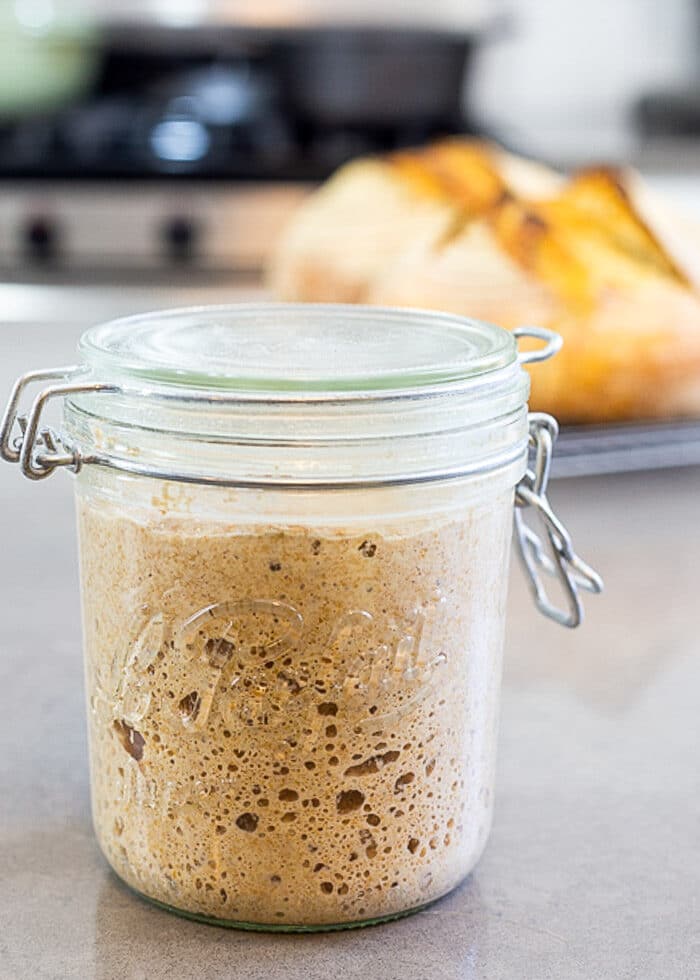
How to Make a Sourdough Starter for Beginners Baker Bettie
This is really simple: drop a small amount of starter in a small glass of water. The idea is that if it floats, you have an active starter and if it sinks, it's not ready. I personally do not rely entirely on this float test. It is just one of the various signs and symptoms to determine if it's ready for baking.
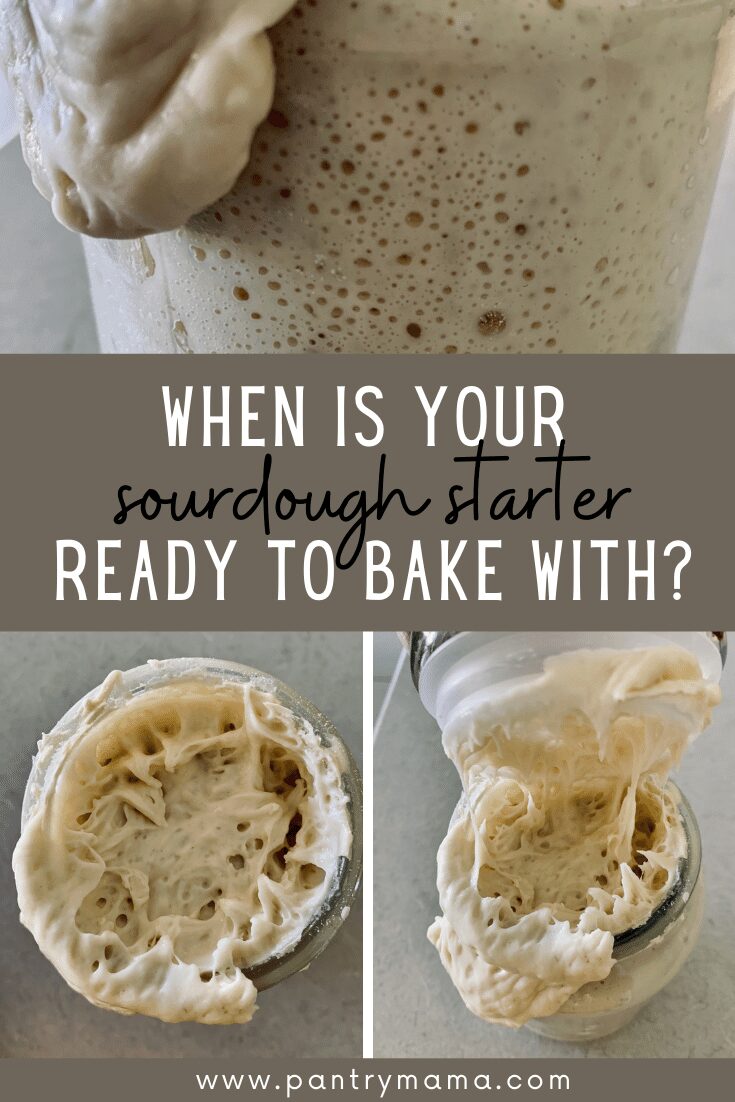
How Do You Know When Your Sourdough Starter Is Ready To Bake With
Starter, flour and water just stirred together. After 12-24 hours (it depends when it was last refreshed) it may look bubblier: Wheat sourdough starter 24 hours after new flour and water added. It is never frothy, like the rye, but it should be bubbly. However, the bubbles do not necessarily indicate that the sourdough starter ready to use.

Top 5 Sourdough Starter Feeding Tips for Beginners + FAQ's! in 2023
Here are 5 ways to determine if your sourdough starter is ready to bake with. 1. Bubbling with Excitement. One of the most precise indicators that your sourdough starter is ready to make some delicious bread is when it's bubbling with excitement. Keep an eye on it after you've fed it with fresh flour and water.

How to feed a Sourdough Starter (The Easy Way) YouTube
Place a clean jar on the scale and tare. Scoop in 75 grams of the mixture from the jar that fermented overnight, add 50 grams rye flour, 50 grams all-purpose flour, and 115 grams water. Mix thoroughly, cover, and let rest for 12 hours. Discard the rest of the mixture in the first jar.
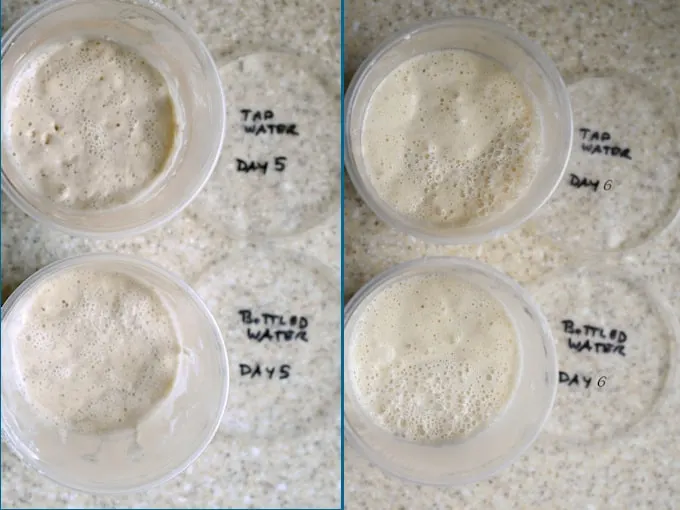
How to Make Sourdough Starter with Less Flour Baking Sense®
Look For Bubbles. Bubbles forming are a common and clear indicator that your sourdough starter is ready for bread baking. During fermentation the wild yeasts and good bacteria metabolize the sugars in the flour, producing carbon dioxide gas. These gases get trapped in the gluten structure forming bubbles that aerate the starter and contribute.

How to Make A Sourdough Starter Dirt and Dough
Consider feeding your starter in the morning when you wake up. Day 1: Combine 60 g (1⁄2 cup) of whole wheat flour and 60 g (1⁄4 cup) of warm water in a large jar. Mix with a fork until smooth; the consistency will be thick and pasty. If measuring by volume, add more water to slightly thin out the texture if necessary.

When Is A Sourdough Starter Ready For Baking? AskWardee 145 Discard
Your starter may show these signs from 14 days, but it might take 4 or even 6 weeks before your sourdough starter is really ready to bake with. Your sourdough starter is ready when it displays the following signs: Doubling (at its peak) consistently within 4-6 hours of feeding (this is the most important sign your starter is ready);

Sourdough Troubleshooting How To Know When Your Starter Is Strong
We recommend starting with 4 ounces all-purpose flour (3/4 cup plus 2 tablespoons) and 4 ounces water (1/2 cup). Stir vigorously until smooth. Let the starter rest at room temperature: Place the container somewhere with a consistent room temperature of 70°F to 75°F for 24 hours. A warm, draft free spot is best.

How to Know When Sourdough Starter is Ready in 2020 Sourdough starter
Typically it needs to double in size. How long that takes is based on lot's of different factors but can be anywhere from 6-12 hours. Once your starter is double or tripling in size after a feeding is the best way to tell its ready to bake bread. The photo below shows what a starter looks like before a feeding and then again 6 hours later.

Super Simple Sourdough Starter YouTube
A sourdough starter is a simple mixture of flour and water that has collected natural yeast and bacteria, which give natural leavening (aka rise) and flavor to baked goods. A starter can be substituted for commercial yeast or work in tandem with yeast to raise breads, biscuits, and more. 1.